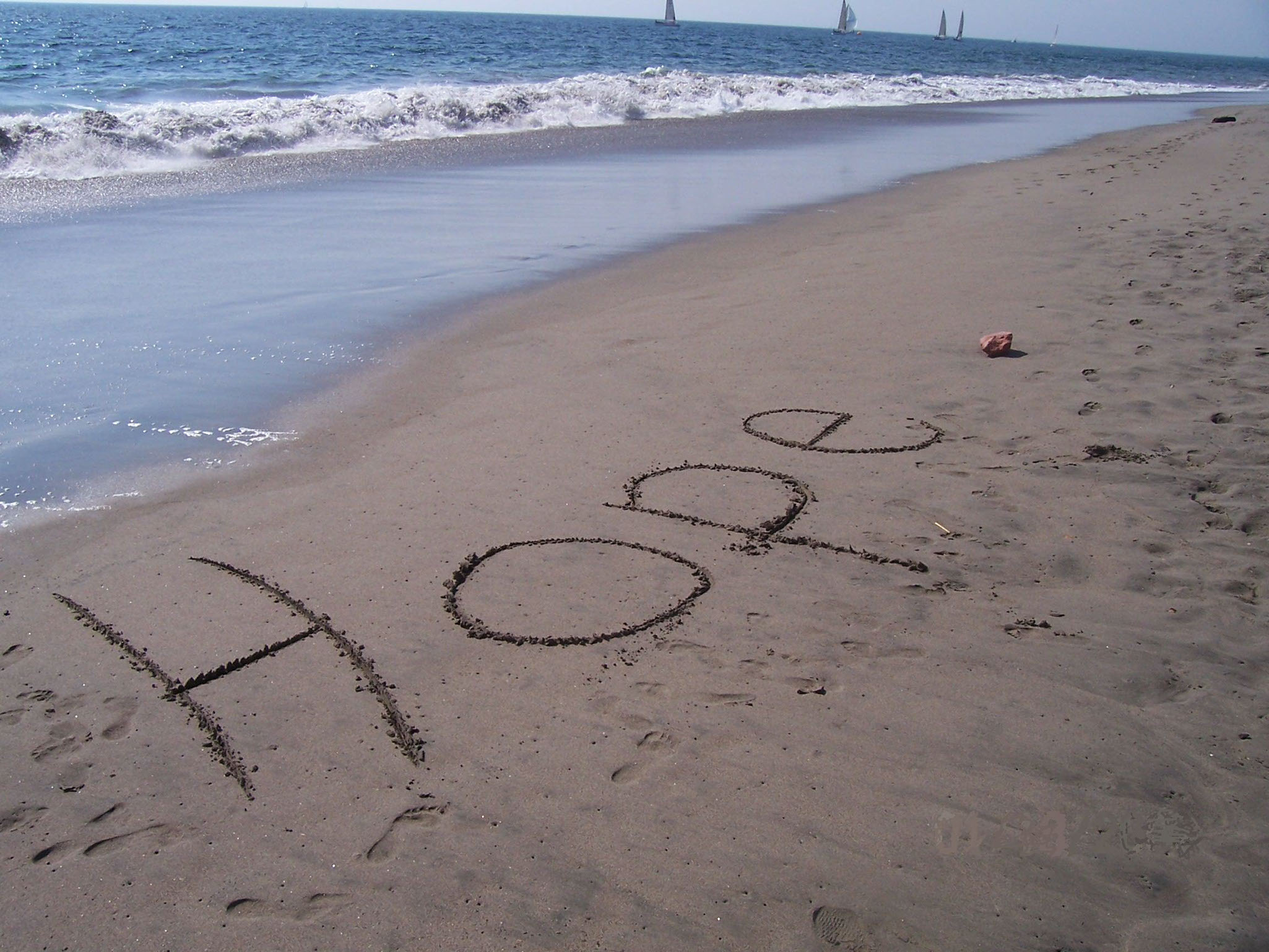
Toll Free Survivor Line
877-937-7478

Liver Facts
The liver is the largest solid organ in the body (approximately 1500 grams or 3.5 pounds) and measures about eight inches across (horizontally), 6.5 inches down (vertically), and is about 4.5 inches thick. It is located in the right upper quadrant of the abdomen. It is glossy in appearance and dark red in color from the rich supply of blood flowing through it.
What does the liver do?
The liver has many important and complex functions. Some of these functions are:
• Stores a large amount of the body's blood, and release it in an emergency.
• Produces bile, which helps with the digestion of fats. (The gallbladder only stores bile; it doesn't make it.)
• Assists in breaking down old blood.
• Assists in cleaning the blood.
• Synthesizes necessary clotting factors. When we are cut, clotting factors help form the blood clots that stop the bleeding.
• Converts ammonia from broken-down proteins into urea, which can then be excreted through the kidneys. If not for this, toxic levels of ammonia
build up in the body. This is a condition that can happen in advanced liver disease.
• Stores glycogen, a form of sugar in our bodies. When our blood sugar is low, our liver releases sugar to make sure our body gets the energy it
needs. When our blood sugar is high, it stores extra sugar as glycogen.
• Stores vitamins and minerals, including copper, iron, and vitamins B12, D, E, and K.
• Responsible for detoxifying chemicals, hormones, and molecules in the body.
© YES https://www.SayYestoHOPE.org
Survivor Hotline: 1-877-937-7478 (US only);
The information presented in this Website is not intended as a substitute for medical care. Please talk with your healthcare provider about any information you get from this Website.

